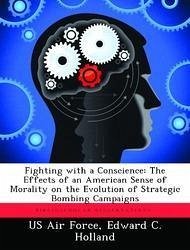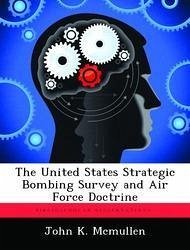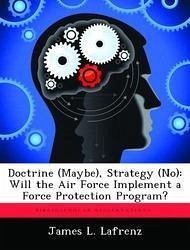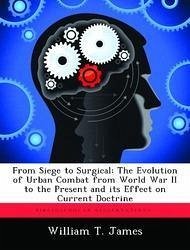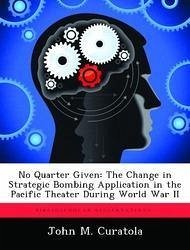Nicht lieferbar
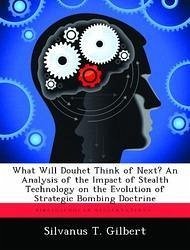
What Will Douhet Think of Next? An Analysis of the Impact of Stealth Technology on the Evolution of Strategic Bombing Doctrine
Versandkostenfrei!
Nicht lieferbar
This paper analyzes the evolution of strategic bombing doctrine in order to identify the basic doctrinal tenets and then evaluate their compatibility with emerging stealth technologies. Current doctrine is an evolution of existing doctrine, theory, and experience. Therefore, to comprehend fully the meaning of doctrine, it is necessary to trace its lineage. As airpower arrived only recently in the doctrinal arena, no previous doctrine existed. Therefore, this analysis begins with the early airpower theories which provided the roots of evolution. Giulio Douhet is the most famous of the early the...
This paper analyzes the evolution of strategic bombing doctrine in order to identify the basic doctrinal tenets and then evaluate their compatibility with emerging stealth technologies. Current doctrine is an evolution of existing doctrine, theory, and experience. Therefore, to comprehend fully the meaning of doctrine, it is necessary to trace its lineage. As airpower arrived only recently in the doctrinal arena, no previous doctrine existed. Therefore, this analysis begins with the early airpower theories which provided the roots of evolution. Giulio Douhet is the most famous of the early theorists and his work provided a basis upon which to build. Following World War II (WWII), Bernard Brodie modified Douhet's theory to incorporate atomic weapons and the experience to date. As theory evolved, so did early Air Corps "unsanctioned" doctrine. Despite a lack of approval at the Department of the Army, the Air Corps Tactical School developed and taught strategic bombing concepts which later provided the basis of WWII aerial planning and execution. The Korean and Vietnamese conflicts provided impetus for slow and gradual change to the basic tenets of strategic bombing doctrine. The USAF reinforced the validity of these basic tenets when it promulgated the 1992 version of Basic Aerospace Doctrine. By testing each tenet against the demands of emerging stealth technologies, the paper finds that existing doctrine is basically sound, but incomplete. Therefore, the paper proposes and tests additional tenets to accommodate stealth and the increasing rate of technical advancement.






